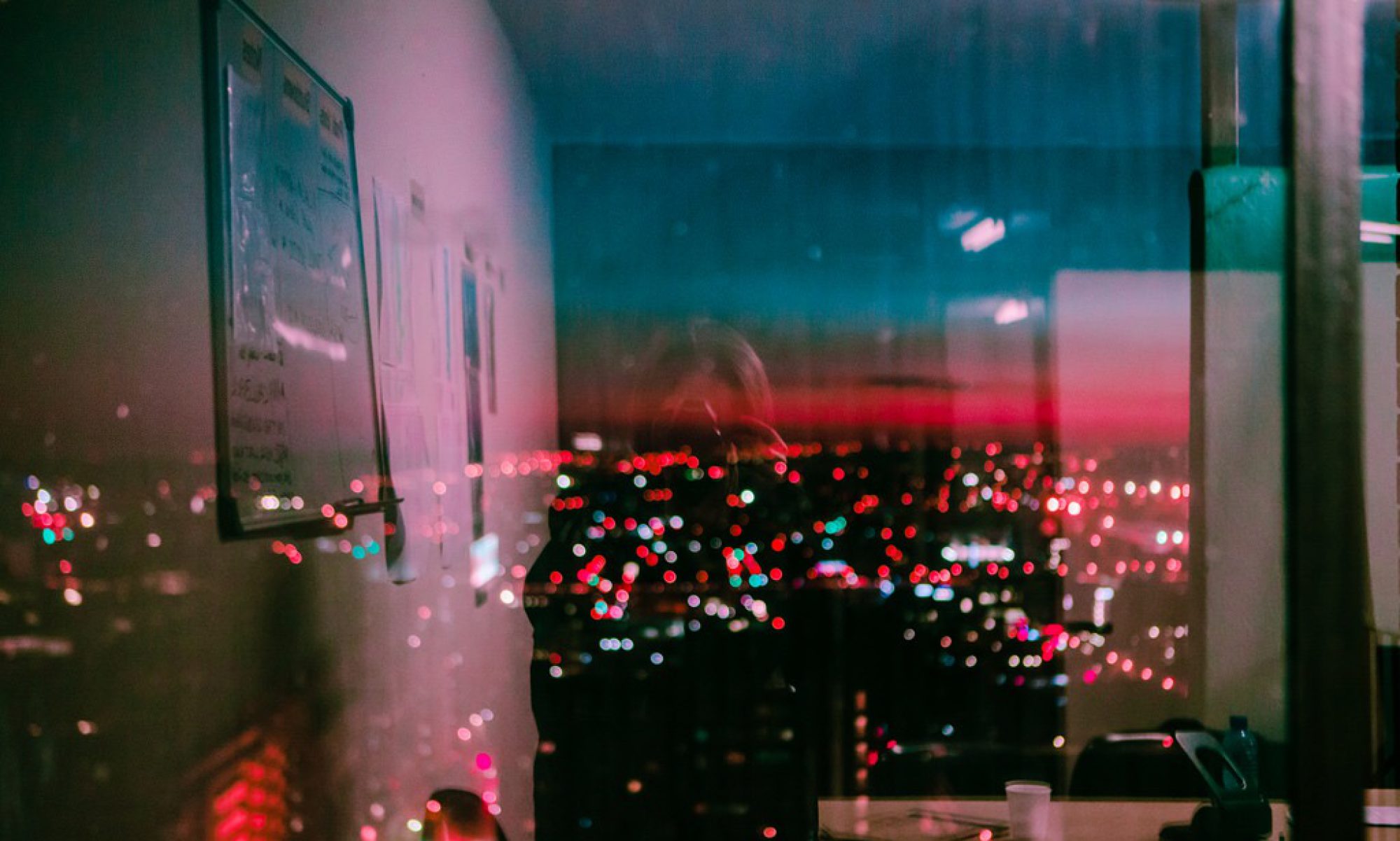Here I will review some points that I find interesting from the ‘The Elements of Typographic Style, The Grand Design’ reading by Robert Bringhurst. I’ll start off with his saying, “Typography must often draw attention to itself before it will be read. Yet in order to be read, it must relinquish the attention it has drawn.”
Saying “many a book….a warrior or dancer of either sex, may look well with some paint on its face, or indeed with a bone in its nose” is to make a metaphorical relation to how some documents such as magazines or children’s books, do need a creative typography presented on their front cover to make them look wholesome and enticing. Whereas for some others like telephone directory or classified ads, it only needs a simple typeface that’s readable and classic, perhaps a sans serif throughout and presented in a good layout, to direct viewers easily into reading important information. Similarly to formal things like newspapers, that simply needs a transitional typeface like Baskerville as Baskerville is a font that means business, making it a great fit for more formal media.
It’s interesting how he says “Typography is to literature as musical performance is to the composition”. Like music, it can be used to manipulate behaviour and emotions. I agree that sometimes typography feels like a musical performance when I see posters that are very well done and I could feel the letters dancing in swirls, or give a certain vibe. If it draws my attention as a reader, makes me feel something and even pleased with the typography or the whole book that has good typography, I’d say it has succeeded in achieving an exceptional typographic style.
However, whatever it is, after reading this I highly believe then that an essential principle to typography is to give full typographic attention, especially to incidental details. Like the saying goes by Massimo Vignelli “it’s not entirely about the letters, it’s more about the white spaces between the letters that matter”. Little things like negative spaces, the kerning and such, plays a huge part. Because if not, how does one read? Where is the balance in the words or even the page itself? These incidental details, play a crucial part to make typography work, even when trying to make a visual aesthetic out of it.










































